This analysis, focusing on the smart home disadvantages that consumers should be aware of, will delve into the key drawbacks, including security and privacy concerns, the significant factor of cost and complexity as a major smart home disadvantage, issues related to reliability and technical functionality, the potential for dependence and a feeling of lost control, and finally, the frustrating prospect of inconvenience arising from these very “smart” systems.
Contents
Security and Privacy Concerns
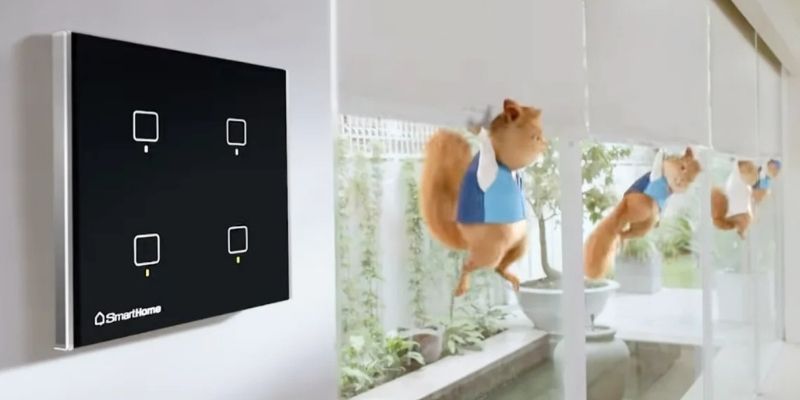
One of the most significant smart home disadvantages revolves around security and privacy. Connecting numerous devices to your home network creates multiple entry points for cyber threats. Vulnerabilities in device software or weak network security can allow hackers to gain access to your personal information, control your devices, and even monitor your activities within your home.
Smart cameras and microphones, while offering convenience and security features, also raise concerns about potential unauthorized access and surveillance. The data collected by smart home devices, including usage patterns, location data, and even voice recordings, is often stored in the cloud, making it a potential target for data breaches.
Furthermore, the privacy policies of different manufacturers vary, and users may not always be fully aware of how their data is being collected, used, and shared. This inherent risk to security and privacy remains a critical smart home disadvantage that warrants careful consideration and proactive measures.
Cost and Complexity – A One of Smart Home Disadvantages
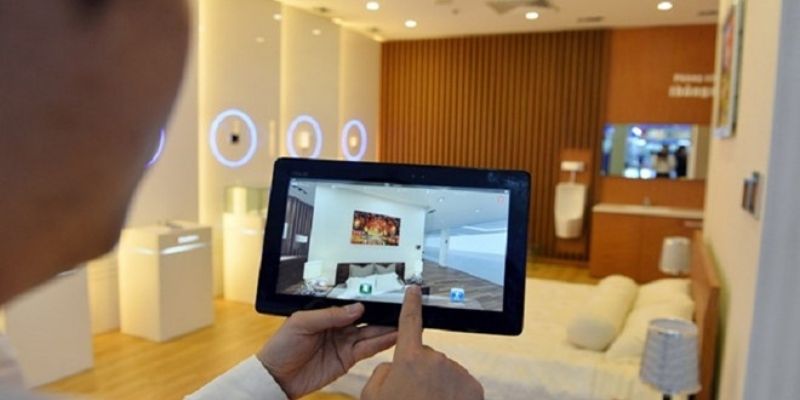
The financial and technical barriers to entry represent another significant smart home disadvantage. The initial investment in smart home devices, hubs, and professional installation can be substantial.
While individual devices might seem affordable, outfitting an entire home with smart technology can quickly add up. Moreover, many advanced features and cloud services often require ongoing subscription fees, adding to the long-term cost of ownership.
Beyond the financial aspect, the complexity of setting up and integrating various devices from different manufacturers can be daunting for non-technical users. Ensuring compatibility between devices, configuring network settings, and managing multiple apps can be time-consuming and frustrating. This combination of high upfront costs and technical complexity serves as a significant smart home disadvantage, potentially hindering wider adoption among less tech-savvy individuals.
Reliability and Technical Issues
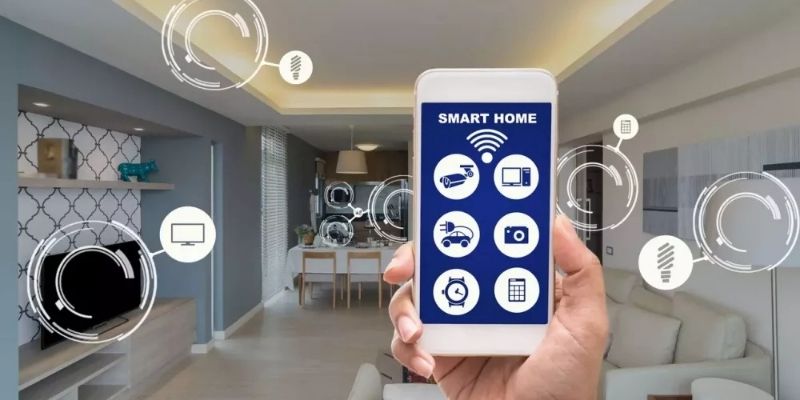
The seamless operation of a smart home relies heavily on a stable internet connection and the reliable functioning of both hardware and software. This dependence introduces a significant smart home disadvantage: susceptibility to technical glitches and outages.
Internet downtime renders many smart devices useless, disrupting automated routines and remote control capabilities. Software bugs, firmware updates that cause compatibility issues, and the eventual obsolescence of devices can lead to frustration and the need for constant troubleshooting and upgrades.
Unlike traditional appliances that often function reliably for years, smart home devices are prone to software-related problems and may require more frequent maintenance and replacements. This inherent lack of guaranteed reliability and the potential for technical issues represent a considerable smart home disadvantage that can detract from the promised convenience.
Dependence and Loss of Control
Paradoxically, the very technology designed to provide control can also lead to a feeling of dependence and a loss of direct control. Over-reliance on automated systems can make it difficult to perform basic tasks manually if the smart system fails. For instance, struggling to turn on a light during an internet outage if you’ve solely relied on smart bulbs can be a frustrating experience.
Furthermore, investing heavily in a particular smart home ecosystem can lead to vendor lock-in, making it challenging and costly to switch to alternative platforms in the future. The feeling of being reliant on technology and potentially losing autonomy over fundamental aspects of your home environment is a subtle but significant smart home disadvantage that some users may find disconcerting.
Potential for Inconvenience and Frustration
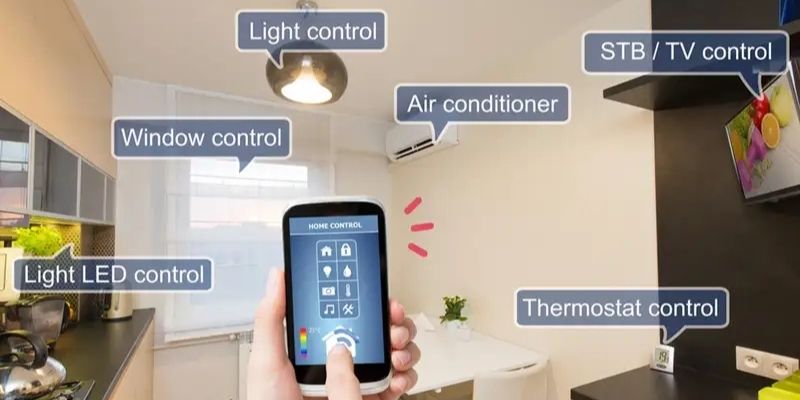
Despite the promise of convenience, smart home technology can sometimes lead to unexpected inconvenience and frustration. False alarms from security systems triggered by pets or environmental factors can be disruptive and erode trust in the system.
Software glitches can cause devices to malfunction or behave unpredictably, requiring time-consuming troubleshooting. The constant stream of notifications from various apps can become overwhelming and counterproductive. The “smart” features don’t always work intelligently, leading to illogical automation or the need for frequent manual overrides.
This potential for the very technology intended to simplify life to instead introduce new layers of complexity and frustration is a tangible smart home disadvantage that users should be prepared for.
While the advantages of smart homes are often touted, a thorough understanding of the potential smart home disadvantages is crucial for making informed decisions. With Home Gadget Digest, security and privacy risks, the significant cost and complexity, reliability issues, the potential for dependence and loss of control, and the possibility of increased inconvenience are all factors that prospective adopters should carefully consider.
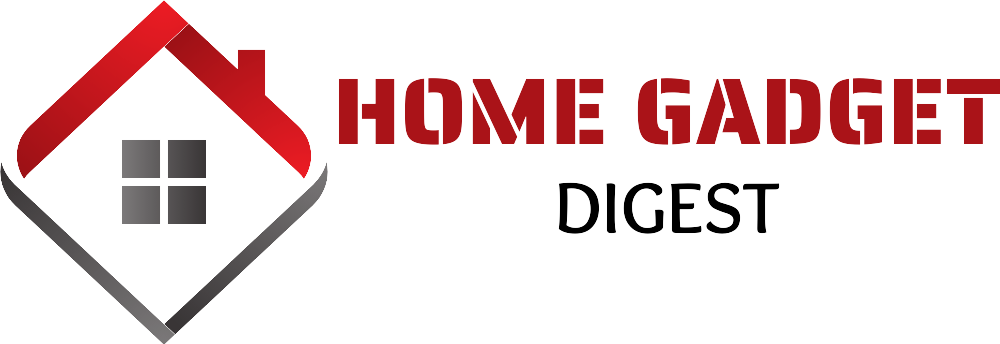



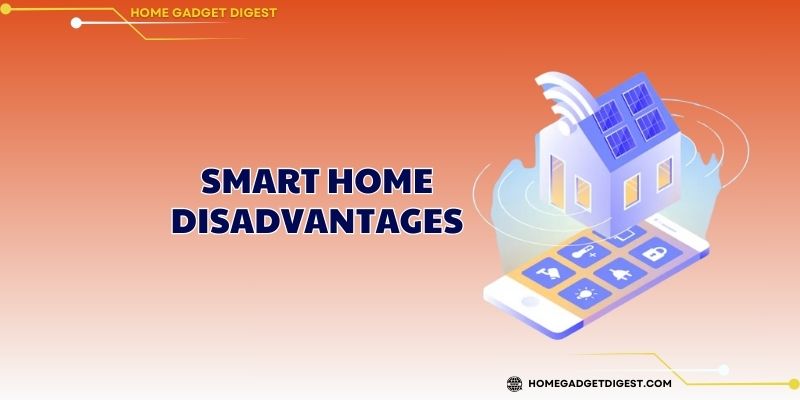
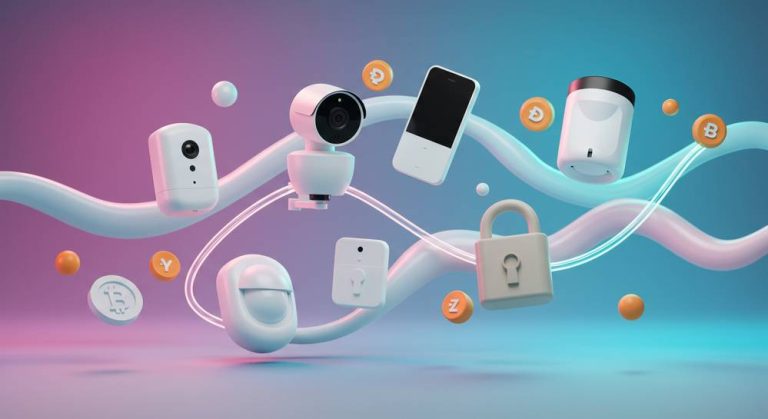
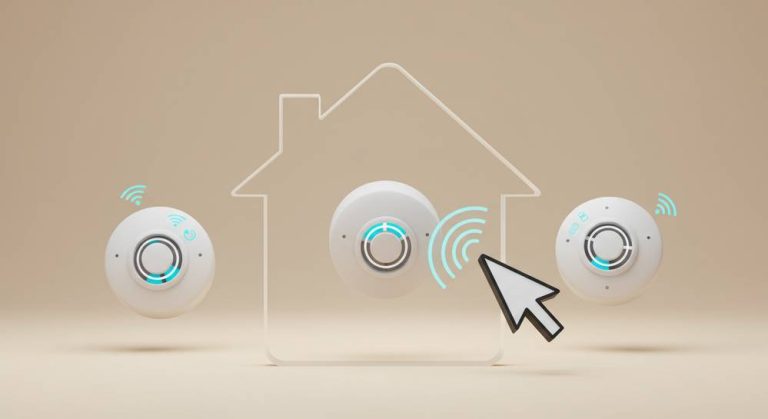
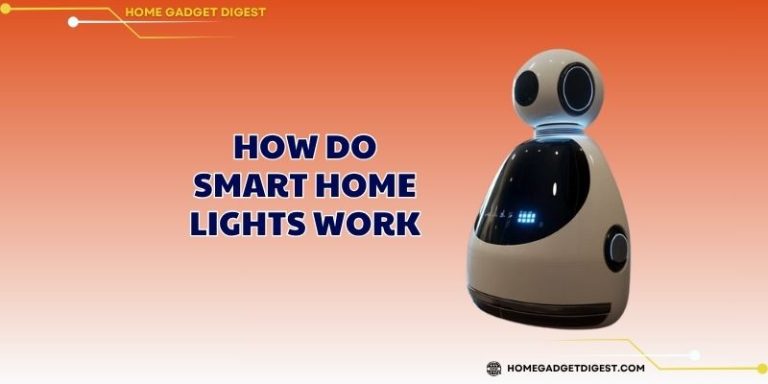


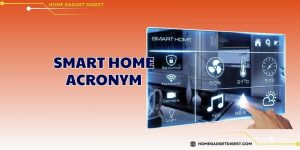

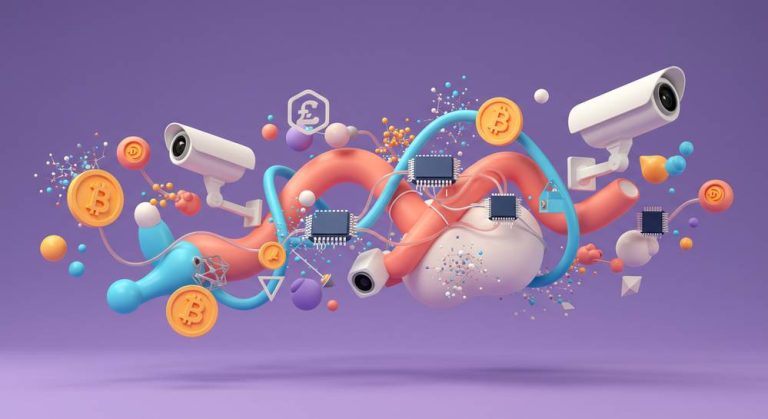
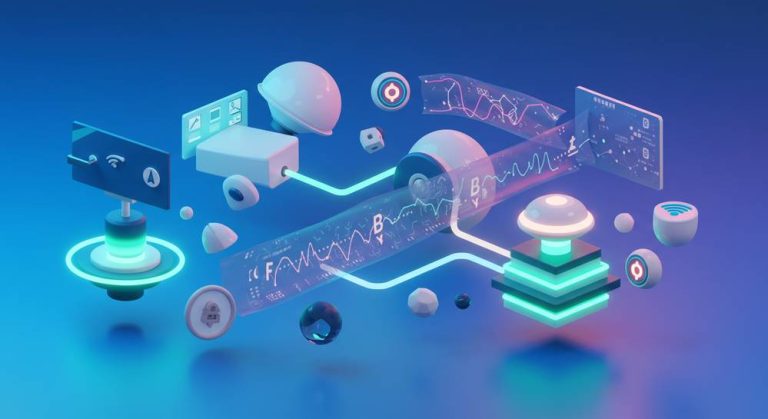
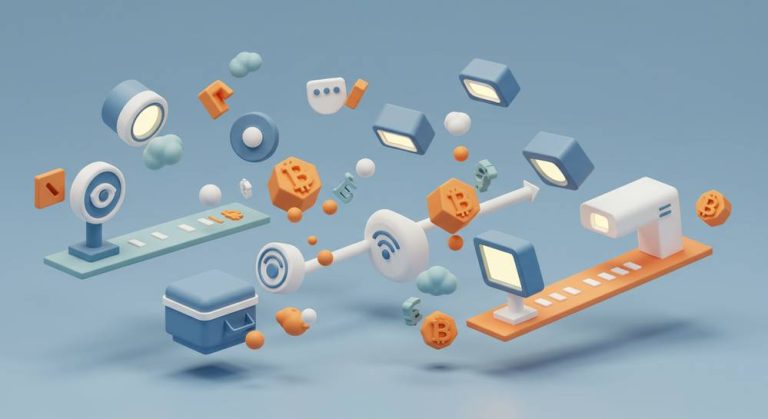

+ There are no comments
Add yours